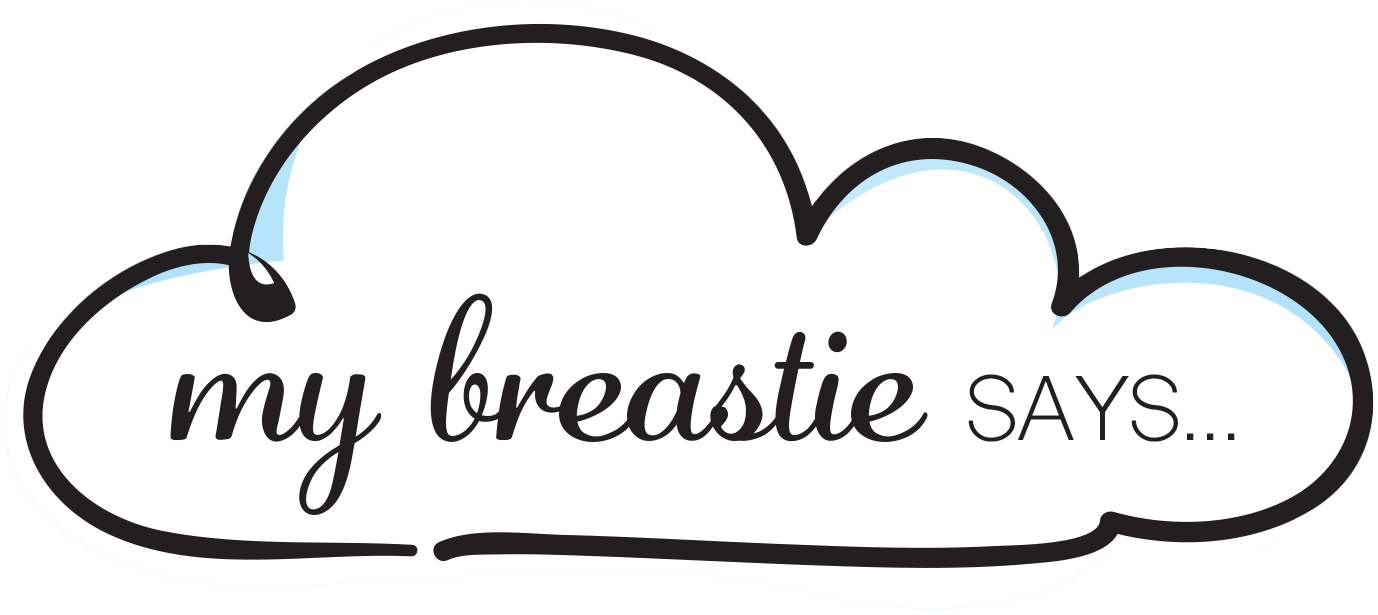Sleep 101
Despite the fact we spend about 1/3 of our life doing it, sleep is something most of us know only casually. Like if someone asked you what it did for a living, you’d have a vague idea, but you definitely wouldn’t know if it had any siblings. Let’s take a moment to get to know sleep a little better.
Sleep Phases
There are two main phases of sleep, categorized by eyeball movement: “Rapid Eye Movement” (REM) and “Non-Rapid Eye Movement” (NREM). REM is the phase where we dream, and it is also known to have a role in learning and memory consolidation. NREM has 4 distinct phases, characterized by how deeply you’re sleeping. We cycle through these phases a few times a night, starting in NREM, progressing through all of the 4 stages, and then entering REM. The first cycle lasts an average of 70 to 100 min, and becomes longer as the night progresses. The cycles become longer, with REM stage increasing, and is longest in the last 1/3 of a sleep episode. This explains why I am most often in the middle of a dream when my alarm goes off (does this happen to anyone else?).
Sleep Changes as we age
As we age, so do our sleep patterns. It becomes easier for us to wake up in the middle of a sleep cycle, which can be rather disruptive. Despite this, the older we are, the earlier we naturally wake up. Between a less deep sleep and earlier wake time, this totally explains your 70 year old father’s need to “watch” BONANZA through closed lids every day at 3 pm.
Lindsay Levitan, MPH, is a Certified Health & Wellness Coach who specializes in insomnia. “Two of the biggest misconceptions I hear,” Levitan explains, “are ‘My body should know how to sleep in when I don’t have an alarm set,’ and ‘I should never wake up in the middle of the night, not even to use the bathroom.’” Understanding the normal physiological changes that occur with sleep as we age should help remove these misconceptions. There is a physiological reason that the idea of leaving the house at 10 pm sounds like torture to 40 y/o me, but sounds reasonable and fun for my 26 y/o coworker (who btw, sent me that meme with text “this reminded me of you!” ?♀).
According to Levitan, people also assume, “I should fall asleep as soon as my head hits the pillow.” In reality, the average amount of time to fall asleep is 15- 20 min. Our ability to fall asleep is related to our body’s circadian rhythm. The circadian rhythm is our body’s 24 hour internal clock that governs our wake/sleep cycle. If you’ve ever experienced jet lag, you know first hand that our circadian rhythm can get out of whack. Our next installment of #SOS is devoted entirely to sleep hygiene, which are behaviors that enhance the efficiency of your circadian rhythms and make sleep much easier.
What questions or struggles do you have about sleep? Join our Private Facebook Group and share thoughts, questions and comments.
